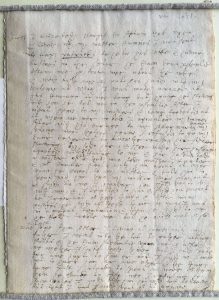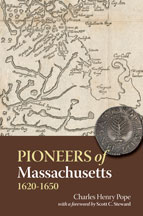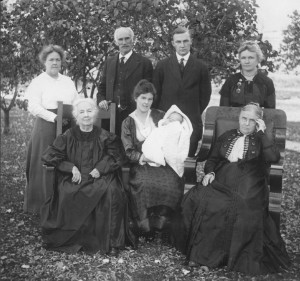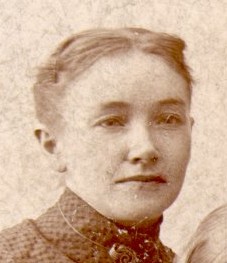
I learned a few years ago that I have Mayflower ancestors along two lines of descent. Not a big surprise, as NEHGS makes it known that “More than 30 million people around the world have Mayflower ancestors.” My Sturgis, Gorham, and Paine ancestors were from Cape Cod and, thanks to my Gorham and Paine connections, I can claim Mayflower ancestors along those lines.
When I hear about Mayflower ancestors, it’s almost always about the male passengers, even though there were eighteen female passengers, eleven of whom were teenagers or younger.[1] My inspirations for this blog post are (1) my 14-year-old granddaughter, Bridget, who is a very bright and capable young woman – and who is probably getting quite tired of my stories about her bright and capable ancestors – and (2) the Hon. Josiah Quincy, Jr., who spoke at the 1854 anniversary meeting of the Cape Cod Association of Boston. Continue reading Mothers of Cape Cod








